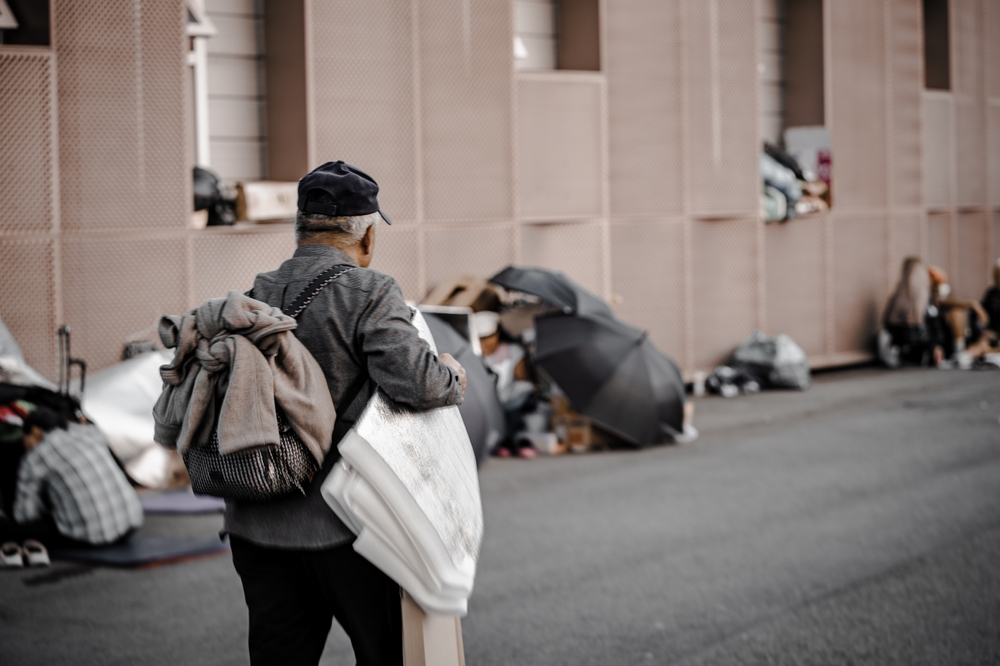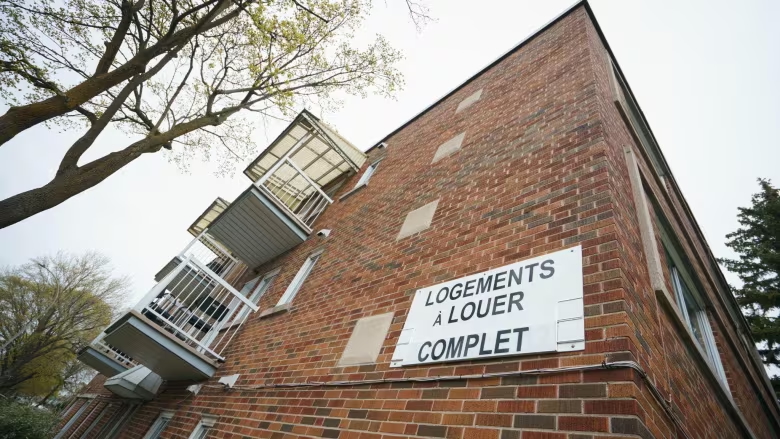
Homelessness among older adults
Homelessness among older adults
La version française de ce billet se trouve ici.
I’m writing an open access textbook on homelessness and have just released Chapter 10, focusing on older adults. The PDF version of the full chapter is available here.
Here are 10 things to know:
1. Various physical health challenges impact older persons more so than younger persons. They include the following: a lack of physical strength, incontinence, foot problems resulting from diabetes, vision challenges (often brought on by diabetes), arthritis, and respiratory illnesses. Much of this leads to mobility challenges, with stairs becoming a particular challenge. As a result, older persons often need accessible living arrangements (e.g., universal design).
2. The same is true with mental health challenges. Older adults are inclined to face cognitive challenges (i.e., confusion), various forms of dementia, depression (often brough on by social isolation) and anxiety. Exacerbating this is the fact that, in many cases, medical professionals are late in diagnosing these ailments and sometimes do not diagnose them at all. Some of these challenges can manifest themselves in the form of behaviour that can result in eviction from housing.
3. Some older adults have difficulty travelling to appointments. Assistive devices (e.g., wheelchairs, scooters, walkers) make it very difficult to make one’s way around when there is snow on the ground or during wet weather in general. Large vehicles that can transport people with such assistive devices are often hard to come by.
4. Age-related victimization takes many forms. Older persons can be victims of fraud. In some cases, this can happen when strangers target older persons via telephone, email, and social media. In other cases, adult children may take money and material items of value from their parents in subtle ways (e.g., “You don’t need this anymore.”). Some adult children may also pressure their parents into redrafting their will. In congregate settings (e.g., emergency shelters) older persons can be physically assaulted, bullied and intimidated.
5. Comprehensive geriatric assessments are crucial. Such assessments include assessments of health challenges, physical movement, cognitive abilities, social supports and medication challenges. The team of professionals conducting such an assessment might include a Family Physician, Nurse Practitioner, Registered Nurse, Occupational Therapist, Physical Therapist, Social Worker, Pharmacist, Recreation Therapist, Speech Language Pathologist, and a Dietician. A Geriatrician and/or Geriatric Psychiatrist may be consulted during the process.
6. Food security is a major challenge with older adults. Food programs can ensure that nutritious food is delivered to the homes of older adults—in some cases, community meals might be organized, especially for persons living in close proximity to one another. Many older adults will also require assistance finding out about the food program in question, ordering the food and arranging payment. Many require assistance shopping for food and other household items commonly purchased at grocery stores (e.g., basic household items). A well-designed food program should be able to support specific dietary requirements and be able to provide minced and pureed textures for those who have difficulty chewing and swallowing.
7. Large urban centres should strive to have emergency shelters and daytime spaces specifically for older adults. Given the unique vulnerabilities of older adults, it is sensible to design congregate areas in the homeless-serving sector specifically for them (keeping in mind that older adults can be vulnerable to exploitation by younger persons). Services offered at such facilities should include access to family physicians, geriatricians, psychiatrists, physiotherapists and chiropodists. Most such services should be offered on site at the facility. Such space should be accessible to wheelchairs, walkers and scooters.
8. Harm reduction is needed in long-term care. Long-term care facilities, also known as nursing homes, have an important role to play, especially for seniors with complex health care needs (e.g., Advanced Parkinson’s, ALS, dementia). More long-term care facilities should have a harm reduction focus—i.e., more should allow patients to use alcohol, cannabis and tobacco products.
9. Supportive housing for older adults is crucial. There are many semi-independent seniors who need 24/7 staff support in their building but not to the same extent as what is provided in long-term care facilities. Such a model for semi-independent seniors can be termed seniors’ supportive housing. Some buildings—especially in larger cities—can cater to specific subpopulations, including Indigenous Peoples, 2SLGBTQQIA+ tenants and persons who speak a specific language or identify with a particular culture.
10. There are cost savings to be realized with seniors’ supportive housing. A recent Canadian study found the annual operating cost for one unit of supportive housing was just one-third the cost of a long-term care bed.[1]
In sum. This is a summary of Chapter 10 of a sole-authored, open access interdisciplinary textbook intended to provide an introduction to homelessness for students, service providers, researchers, policy-makers and advocates. All material for this book is available free of charge here. Newly completed chapters will be uploaded throughout the year.
I wish to thank Jenny Morrow and Annick Torfs for assistance with this blog post.
[1] Doupe, M., Finlayson, G., Khan, S., Yogendran, M. S., Schultz, J., McDougall, C., & Kulbaba, C. (2016). Supportive housing for seniors: Reform implications for Manitoba’s older adult continuum of care. Winnipeg: Manitoba Centre for Health Policy.


